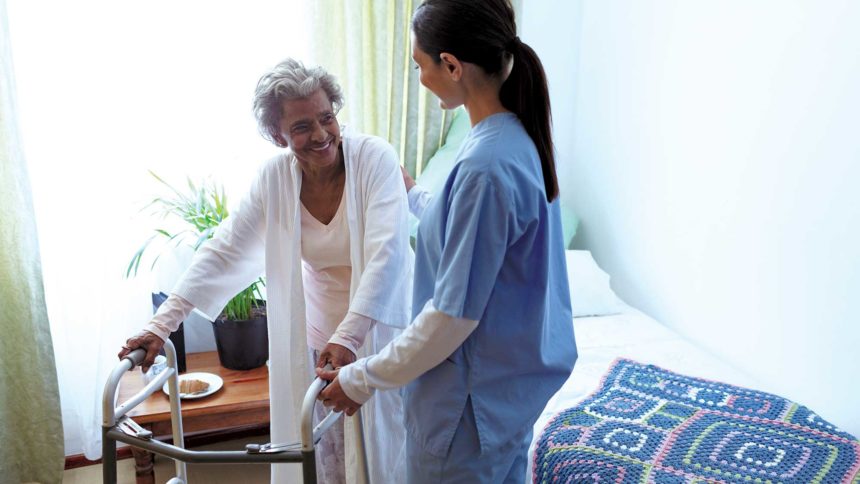The demographic shift towards an aging population has brought about a corresponding increase in the number of seniors residing in care homes. As we strive to provide them with the best quality of life, ensuring their safety and well-being is of paramount importance. One significant risk elderly individuals face is falls, which can lead to severe injuries and decreased independence. To address this issue, falls detection technology has emerged as a critical tool in care homes. In this article, we will explore the importance of falls detection technology and how it can improve the lives of seniors in these facilities.
Falls are a leading cause of injury-related hospitalisations among older adults. For seniors with frail bones and diminished balance, even a minor fall can result in severe fractures, head injuries, or broken limbs. Falls detection technology utilizes sensors and advanced algorithms to detect potential falls in real-time, enabling prompt response and reducing the risk of life-threatening injuries. By providing care homes with this technology, staff members can promptly assist residents who may be at risk of falling, significantly mitigating the impact of falls on seniors’ health and well-being.
Traditional monitoring systems can sometimes fall short in promptly responding to residents in need. Falls detection technology can bridge this gap by sending immediate alerts to caregivers or nursing staff when a fall is detected. This swift response allows for timely medical attention and intervention, reducing the chances of complications or prolonged pain for the resident. The technology also provides valuable data insights, enabling caregivers to understand patterns and potential triggers for falls, leading to more personalised and effective care.
Seniors in care homes value their independence and autonomy. However, the fear of falling can lead them to restrict their movements or avoid certain activities, which can impact their quality of life negatively. Falls detection technology can empower seniors to move with confidence, knowing that help will be readily available in case of an emergency. By preserving their dignity and autonomy, this technology promotes a sense of security and well-being among residents.
Falls-related injuries can result in substantial healthcare costs, not to mention the emotional toll it takes on both the resident and their family. Falls detection technology not only prevents injuries but also reduces the need for prolonged hospital stays and costly medical treatments. By preventing falls and enabling early interventions, care homes can potentially save significant healthcare expenses, which can be allocated towards improving other aspects of care.
Caregivers and nursing staff in care homes often face heavy workloads, caring for multiple residents with diverse needs. Falls detection technology serves as an additional support system for caregivers, enabling them to focus on other critical aspects of caregiving while knowing that residents are being monitored and protected. This technology can also streamline communication between staff members, fostering a more efficient and cohesive care environment.
Falls detection technology has emerged as a game-changer in care homes, offering a comprehensive and proactive approach to preventing falls and ensuring the safety of elderly residents. By reducing injuries, enhancing care, preserving independence, and optimising caregiver efficiency, this technology not only benefits the seniors but also alleviates the burden on the healthcare system. As we continue to prioritise the well-being of our aging population, integrating falls detection technology into care homes becomes a vital step towards providing a safe and nurturing environment for our elders.
If you’d like to learn more about our Care Planning software solutions, please contact us or book a demo


Recent Comments